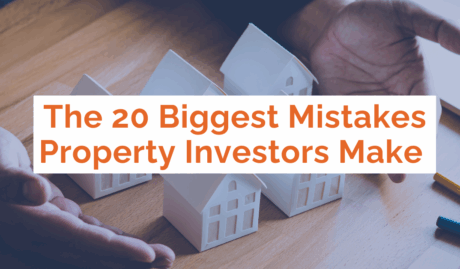How Does Our Home Loan Borrowing Power Calculator Work?
Our home loan borrowing power calculator is designed to give you a comprehensive understanding of how much you might be able to borrow for a home loan, based on your individual financial circumstances. Here’s a step-by-step explanation of how it works:
1. Income Assessment
The calculator starts by asking about your income. If you’re in a relationship, you can choose to include your partner’s income for a combined assessment. This approach recognises the impact of a dual-income household on borrowing capacity.
2. Dependents
You’ll be asked about the number of dependents you have. Dependents can affect your borrowing power as they typically increase your living expenses.
3. Additional Income
If you have other sources of income, like investments, rental income, or freelance work, the calculator allows you to include these. This additional income can positively impact your borrowing capacity by showing you have more financial resources at your disposal.
4. Expenses and Loan Repayments
You’ll need to input your monthly expenses and any existing loan repayments. This includes everyday living expenses as well as commitments like car loans, credit card debts, or other personal loans. The calculator uses this information to assess how much income you have available for new loan repayments.
5. Borrowing Power Estimate
Based on the information provided, the calculator then computes an estimate of your borrowing power. This figure represents the amount you might be able to borrow, considering your income, expenses, and any other financial commitments.
6. Repayment Estimates
Alongside your borrowing power, the calculator also provides an estimate of what your repayments might be. This helps you understand not just how much you can borrow, but also whether the potential loan repayments would be manageable in your current financial situation.
For a more precise and tailored assessment, contact us today. We can take a more detailed look at your finances and guide you through the home loan process, considering your specific needs and circumstances.
*The results from this calculator should be used as an indication only. Results do not represent either quotes or pre-qualifications for the product. Individual institutions apply different formulas. Information such as interest rates quoted and default figures used in the assumptions are subject to change.
What Is Borrowing Power?
Borrowing power refers to the amount of money a lender is willing to loan you, based on an assessment of your financial situation. It’s essentially an estimate of the maximum amount you can afford to borrow while still being able to comfortably meet your loan repayments.
Several factors determine your borrowing power, including:
1. Income
Your regular income is a crucial factor. Lenders assess your earnings, including your salary, any freelance income, rental income, and other sources, to determine your repayment capacity.
2. Expenses and Debts
Your existing debts, such as credit card balances, personal loans, and other ongoing expenses, are considered. Lenders evaluate these to ensure you have enough disposable income to service a new loan.
3. Credit History
Your credit score and credit history show your track record with managing credit and debt, which lenders use to assess your reliability as a borrower.
4. Loan Type and Interest Rate
The terms of the loan you’re applying for, including its interest rate and duration, affect your borrowing power. Higher interest rates or shorter loan terms can reduce your borrowing power.
5. Assets
Your assets, like savings, investments, and property, can positively impact your borrowing power, demonstrating financial stability and security.
6. Living Expenses
Day-to-day living costs are considered to ensure that taking on a loan won’t strain your regular budget excessively.
7. Dependents
The number of dependents you have can also affect your borrowing power, as more dependents typically mean higher living expenses.
Understanding your borrowing power is important when considering a loan, particularly for significant commitments like a mortgage. It helps you to realistically assess what you can afford, guiding your financial decisions and ensuring that you don’t overextend yourself financially.











